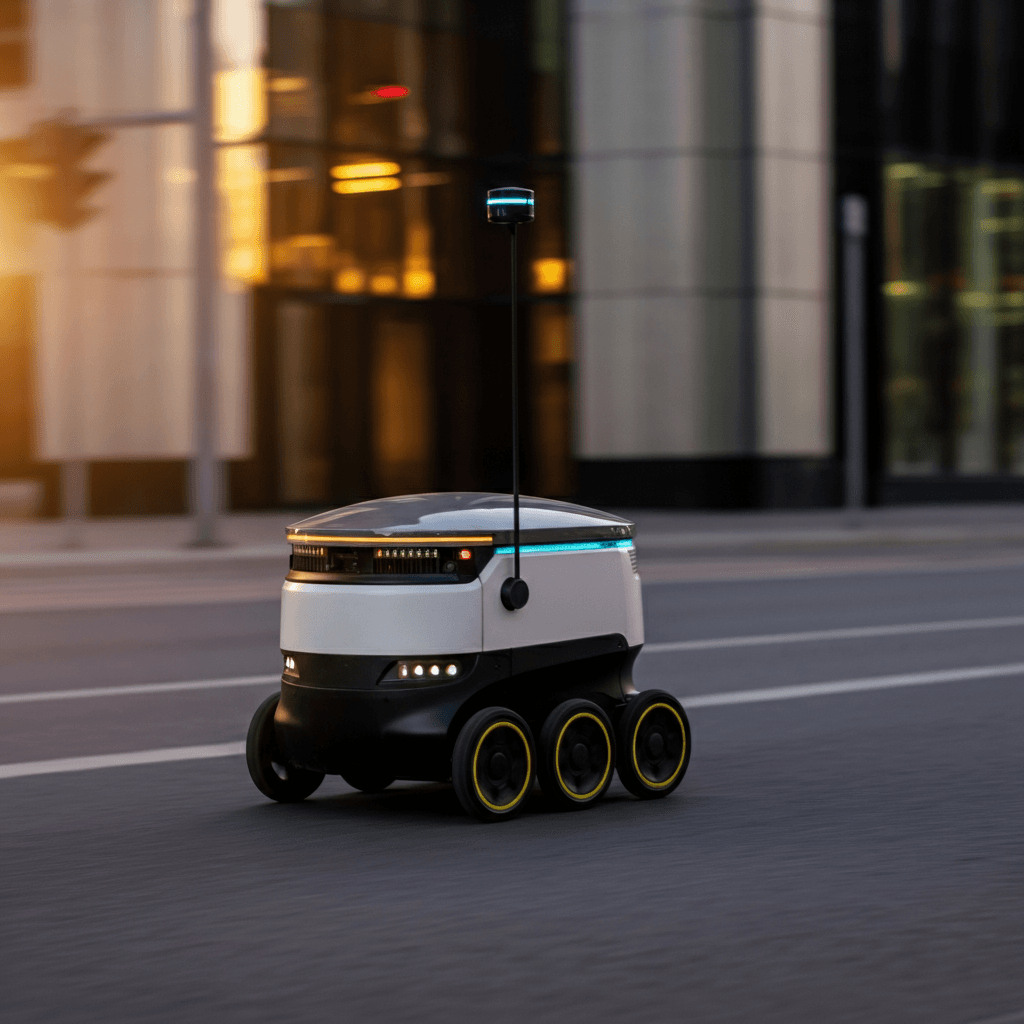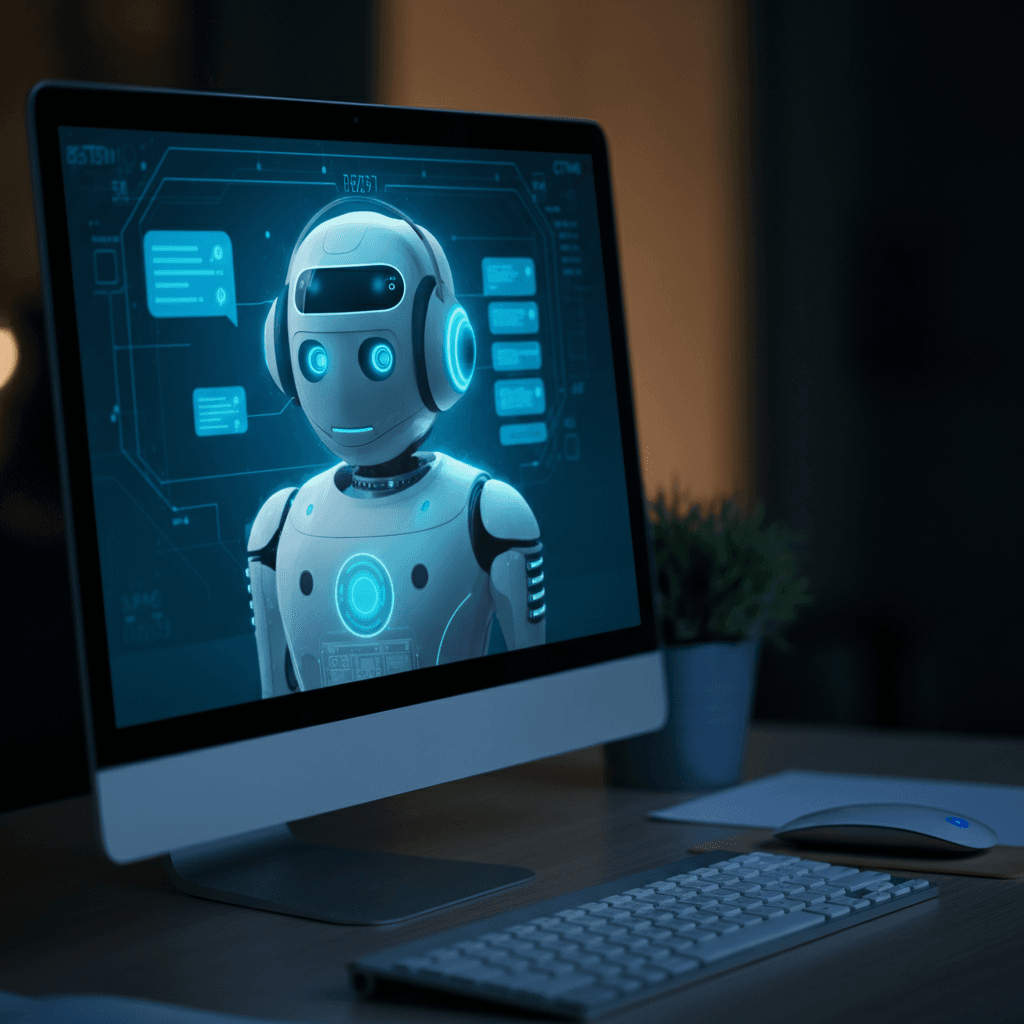Artificial intelligence (AI) continues to drive a wave of transformation across industries, reshaping workflows, job roles, and even entire business models. By 2024, the pace of AI job automation is accelerating, raising questions about which sectors and positions are most vulnerable. Studies suggest that up to 30% of U.S. jobs could be impacted by AI and automation by 2030. While AI promises tremendous benefits in efficiency and innovation, it also presents challenges in the form of displaced workers and the need for rapid adaptation.
The World Economic Forum predicts significant job losses due to automation by 2025, but also highlights the potential for new job creation in technology-related fields. According to a report by the World Economic Forum, AI and robotics are predicted to displace 85 million jobs by 2025.
This article examines the industries most affected by AI-driven automation, highlights specific jobs at risk, and explores how workers can prepare for an AI-driven economy. We’ll also discuss strategies for society to ensure a smooth transition in the age of intelligent machines.
Understanding AI Job Automation
Definition of AI Job Automation
AI job automation refers to the deployment of artificial intelligence (AI) technologies to perform tasks traditionally carried out by human workers. These tasks often include repetitive and mundane activities such as data entry, customer service, and financial analysis. By automating these functions, businesses can free up human workers to focus on more complex and creative work, enhancing overall productivity and efficiency. AI technologies, such as machine learning and natural language processing, are at the forefront of this transformation, enabling machines to handle mundane tasks with remarkable precision and speed.
Brief Overview of Artificial Intelligence’s Capabilities
Artificial intelligence (AI) encompasses a wide range of technologies that enable machines to perform tasks that typically require human intelligence. This includes learning from data, problem-solving, and making decisions. Key AI technologies include machine learning, which allows systems to learn and improve from experience, and natural language processing, which enables machines to understand and respond to human language. These capabilities allow AI to analyze vast amounts of data, recognize patterns, and make predictions or decisions, making it a powerful tool for automating various tasks across different industries.
Importance of Understanding AI’s Impact on the Workforce
As AI technologies continue to advance, their impact on the workforce becomes increasingly significant. Understanding this impact is crucial for businesses, policymakers, and individuals to prepare for the changing job landscape. About a fifth of all workers have high-exposure jobs to AI, making it essential to identify which jobs are most vulnerable to automation and to focus on upskilling and reskilling workers to ensure they remain employable in an AI-driven economy. By staying informed and proactive, we can navigate the challenges and opportunities presented by AI job automation.
The Rise of AI Job Automation
AI job automation refers to machines and algorithms taking over tasks historically performed by humans. Utilizing technologies like machine learning (ML), natural language processing (NLP), and robotics, AI can replicate functions such as data analysis, customer service, and even creative work, shifting from human labor to AI-driven processes. Companies, driven by the need to reduce costs and increase productivity, are readily adopting AI across multiple industries.
Why Is AI Driving Automation?
The rapid adoption of AI is propelled by:
Cost Efficiency – AI can operate around the clock, perform faster computations, and reduce labor expenses for repetitive tasks.
Accuracy – AI systems often reduce human error in industries like finance, healthcare, and logistics.
Resource Optimization – From predictive maintenance to data-driven decision-making, AI enables organizations to streamline operations.
Scalability – Automated systems can effortlessly scale to handle surges in demand without increasing workforce size.
While AI is celebrated for its benefits, its capacity to displace entire categories of jobs sparks concern. Let’s explore the industries most susceptible to automation in 2024.
Industries Most Impacted by AI Job Automation
1. Manufacturing

Manufacturing has long been at the forefront of automation. Robotic arms and assembly lines have replaced repetitive tasks over decades, and now AI takes automation further by enabling smarter, more adaptive production systems.
Vulnerable Jobs: Factory line workers, welders, machine operators, and quality control inspectors are among the most exposed workers. These roles face high levels of exposure to AI-driven automation, making them particularly vulnerable to job displacement and shifts in required skill levels.
AI in Action: Tesla’s Gigafactories employ AI-driven robotics to manufacture electric vehicles with unparalleled speed and precision. These robots handle tasks such as welding, painting, and assembly with minimal human intervention.
2. Retail and E-commerce
The retail sector is experiencing significant changes in how inventory is managed and how products are sold, largely due to AI tools.
Vulnerable Jobs: Cashiers, shelf stockers, and sales assistants are likely to see job displacement as cashier-less stores, automated warehousing, and chatbots become prevalent.
AI in Action: Amazon’s “Just Walk Out” technology allows customers to shop without waiting in line for checkout. Cameras, sensors, and AI analyze purchases in real time, eliminating the need for cashiers.
3. Transportation and Logistics

The transportation industry is undergoing a revolution, with AI enabling autonomous vehicles and optimizing supply chains.
Vulnerable Jobs: Delivery drivers, truckers, and logistics coordinators are at higher risk as autonomous driving systems and drones become more sophisticated. Self-driving technology is predicted to replace a large portion of the trucking and taxi industry, especially for long-haul routes.
AI in Action: Waymo and TuSimple use AI-powered autonomous freight trucks to transport goods efficiently, reducing the need for human drivers in long-haul operations.
4. Financial Services
AI excels in data-heavy, rule-based tasks, making financial services one of its primary playgrounds. Automation is sweeping through auditing, insurance, and investment management.
Vulnerable Jobs: Bank tellers, insurance underwriters, and stock traders face disruption as AI takes over customer interactions and portfolio management.
AI in Action: Robo-advisors such as Betterment and Wealthfront use AI to provide personalized investment strategies, replacing traditional human advisors.
5. Healthcare
While healthcare remains a sector where human presence is critical, AI is increasingly automating administrative and diagnostic roles.
Vulnerable Jobs: Medical billing clerks, radiologists, and pharmacy technicians face threats as AI helps manage patient records, interpret medical imaging, and dispense medications.
AI in Action: IBM’s Watson Health analyzes patient data and medical studies, offering physicians diagnostic support that is quicker and more comprehensive than traditional methods.
6. Customer Service

AI-powered virtual assistants and chatbots are reducing the need for call center employees by handling queries with high efficiency.
Vulnerable Jobs: Customer service agents across industries are being replaced by AI systems capable of providing immediate, consistent assistance. These AI advancements not only automate tasks traditionally handled by customer service agents but also enhance productivity and create new job opportunities in the field.
AI in Action: Companies like LivePerson and Ada deploy conversational AI to automate customer interactions, resolving common inquiries without human intervention.
Media and Content Creation with Generative AI
Even creative industries are witnessing shifts as AI becomes capable of producing written, visual, and audio content. Generative AI is playing a significant role in automating tasks traditionally performed by humans, such as writing and programming.
Vulnerable Jobs: Copywriters, video editors, data journalists, and content moderators are at risk as AI tools can generate articles, design graphics, and curate video snippets efficiently.
AI in Action: Tools like OpenAI’s ChatGPT generate high-quality written content, and DALL-E creates visually compelling artwork, reducing the need for creative professionals.
Jobs Most Vulnerable to AI: Repetitive and Mundane Tasks
While entire industries feel the effects of AI, certain job roles are disproportionately at risk due to the nature of their tasks. Vulnerable jobs typically include:
Repetitive Manual Labor: Factory work, assembly line jobs, and logistics roles that involve repetitive actions become prime candidates for automation.
Data-driven Roles: Positions like financial analysts, data entry clerks, and product quality inspectors are frequently replaced by systems capable of processing datasets faster and more accurately.
Middle-Skilled Roles: Jobs requiring a moderate level of education and manual skills, such as basic coding or transcription, are being outperformed by specialized AI systems.
Low-Creativity Customer Interactions: Roles like retail cashiers and call center agents are susceptible due to the rise of intelligent chatbots and self-service kiosks.
White Collar Jobs: Legal assistants and financial advisors are at risk due to advances in automation and data processing capabilities, which can handle repetitive or rule-based tasks efficiently.
Why AI Can’t Replace All Jobs
Human Emotions and Empathy: The AI Blindspot
Despite the remarkable advancements in AI technologies, there remains a critical area where AI falls short: human emotions and empathy. These qualities are fundamental to building trust, understanding, and relationships, which are essential in many professions such as teaching, nursing, and social work. AI will transform many tasks but is unlikely to replace jobs requiring high emotional intelligence, creativity, or complex human interactions. While AI systems can analyze data and provide valuable insights, they lack the emotional intelligence and empathy that human workers possess. This limitation means that roles requiring deep emotional connections and nuanced human interactions are unlikely to be fully automated. Emotional intelligence remains a uniquely human trait, ensuring that not all jobs can be replaced by AI.
Adapting to the AI-Driven Economy

For workers, the rise of AI job automation is both an opportunity and a challenge. While job displacement is inevitable in certain sectors, adapting to the new economy is possible by pursuing strategies to stay ahead of automation.
Upskilling and Reskilling with AI Tools
Developing new skills is paramount to thriving in a technology-driven world.
Focus on acquiring expertise in fields like AI programming, cybersecurity, and data analysis, as the demand for skilled workers in these areas is rising.
Enroll in courses for soft skills, such as leadership and problem-solving, which are harder for AI to replicate.
2. Transitioning to Non-Automatable Roles
Not all jobs are suitable for automation due to their reliance on human empathy, creativity, and critical thinking.
Examples of Safe Roles: Teachers, healthcare practitioners, social workers, and roles in arts. Human workers will still be required to train and develop AI systems, leading to the creation of new job roles such as machine learning engineers and AI ethics specialists.
Future jobs may include professions managing or collaborating with AI systems, such as AI trainers and explainability specialists.
3. Lifelong Learning
Constant upgrading of skills will become the new norm.
Use online learning platforms like Coursera, Udemy, and Khan Academy to access affordable education in emerging areas.
Stay updated on industry-specific trends to anticipate changes before they occur.
4. Portable Benefits and Flexibility
Governments and employers will need to create mechanisms to support displaced workers, such as:
Universal basic income (UBI) for workers whose jobs are permanently lost to automation.
Portable benefits that allow workers moving across industries to retain access to healthcare, pensions, and leave policies.
Preparing for the Future of Work
Society as a whole must address the challenges posed by AI automation. Governments, private companies, and non-profits ought to collaborate to minimize harm and maximize the potential of AI.
Policymaker Actions
Subsidize reskilling programs targeting vulnerable industries.
Implement AI governance policies that enforce fairness, transparency, and accountability.
Introduce tax incentives for companies investing in human-AI collaboration rather than replacement.
Corporate Responsibility to Human Workers
Adopt ethical AI practices, ensuring the responsible deployment of automation.
Encourage the upskilling of employees by offering tailored training opportunities.
Support displaced workers with career transition support and financial assistance.
Public Awareness Campaigns
Promote awareness about AI’s potential impact through educational initiatives, equipping both workers and employers with the knowledge needed to adapt.
Final Thoughts
AI job automation in 2024 is both a disruptive force and a catalyst for progress. While several industries face inevitable changes, these advancements also create opportunities for growth and reinvention. Workers who proactively adapt their skillsets and transition to roles that leverage human ingenuity and creativity will thrive.
For society, the challenge lies in managing this seismic shift responsibly. By emphasizing upskilling, fostering collaboration, and implementing safety nets, we can usher in a future where humans and AI coexist to tackle challenges and unlock new possibilities, ensuring growth for industries, workers, and the economy alike.
